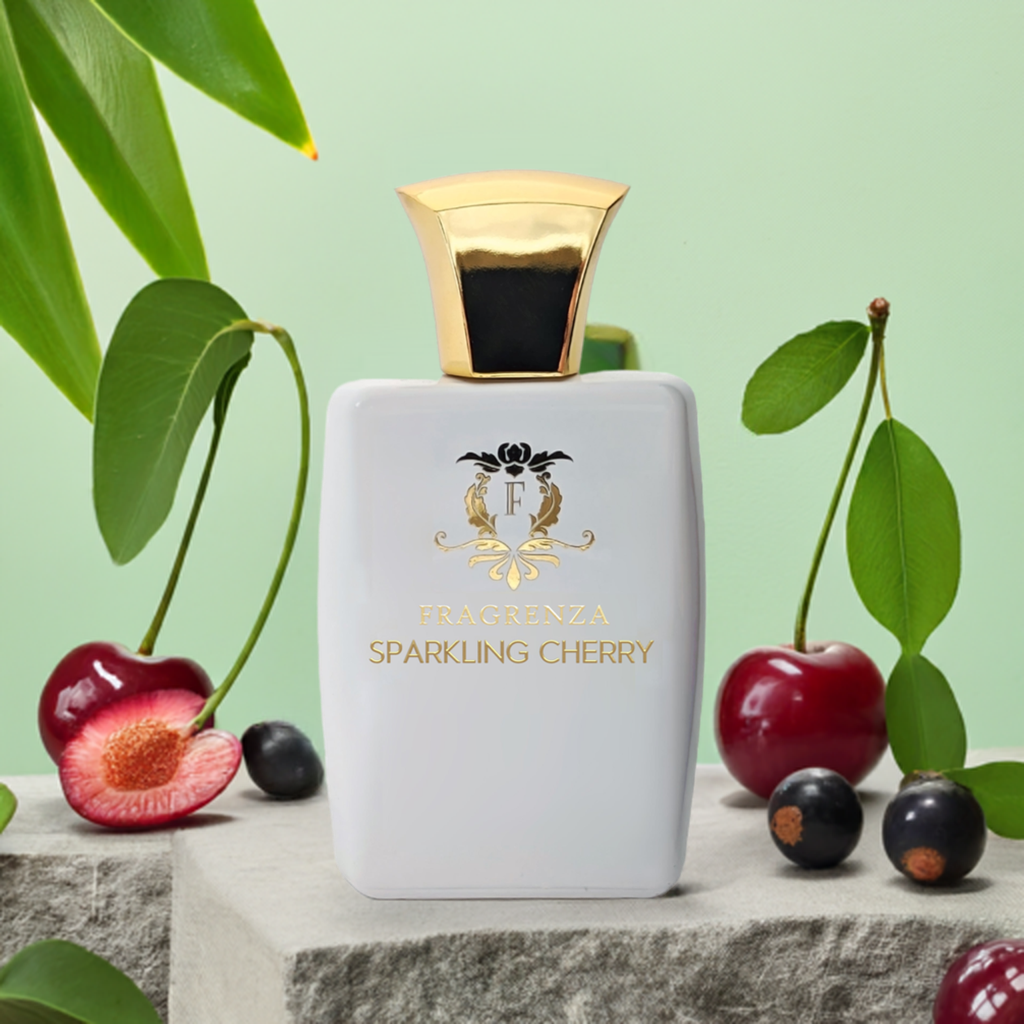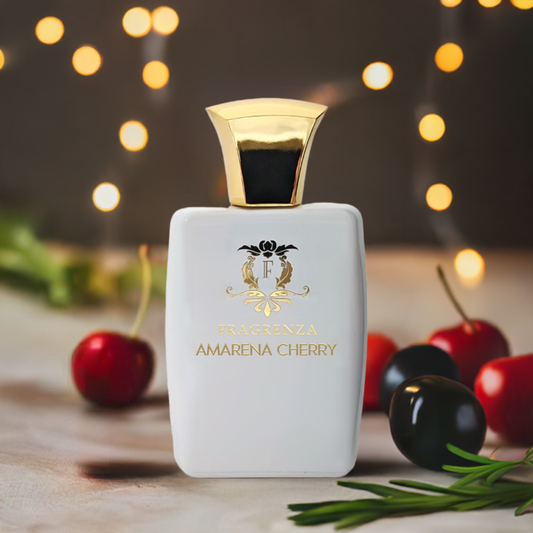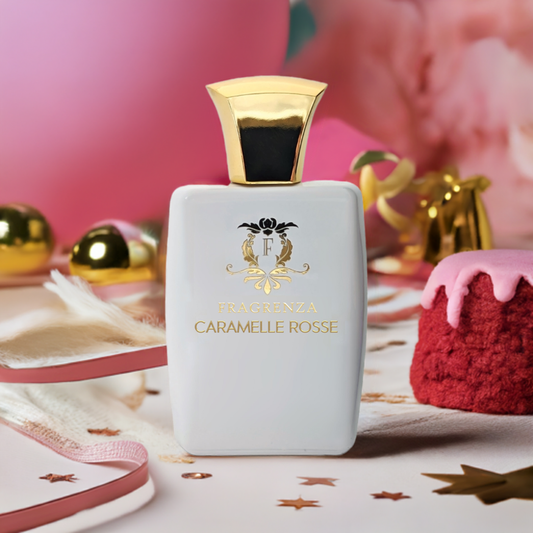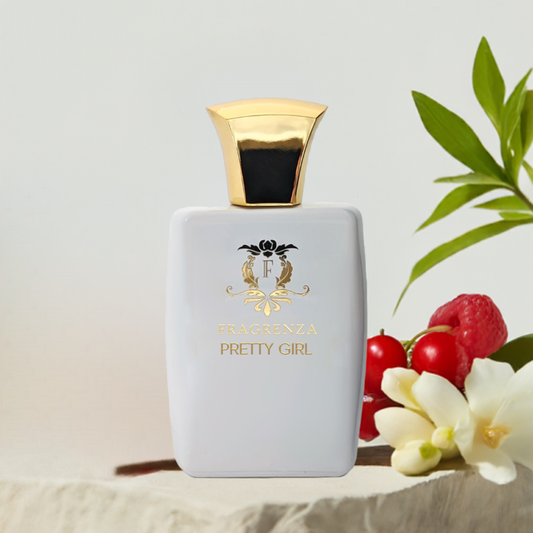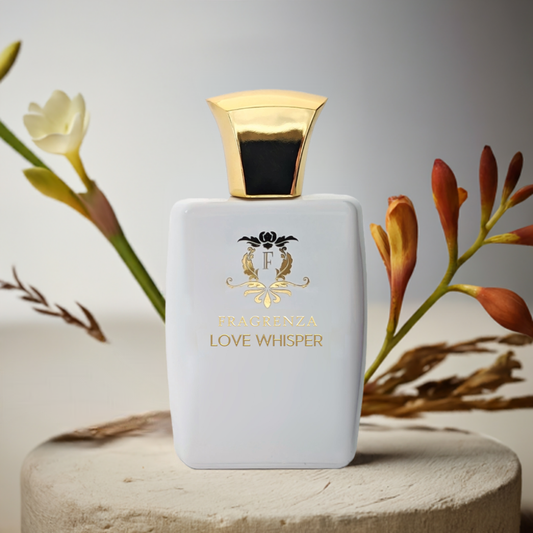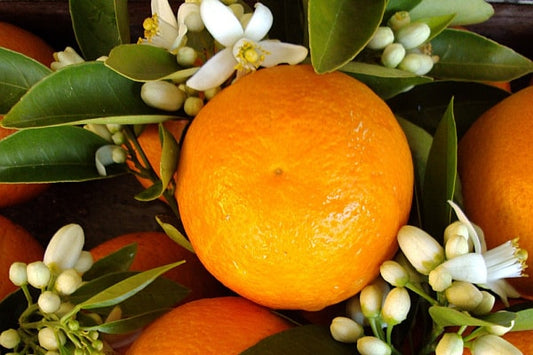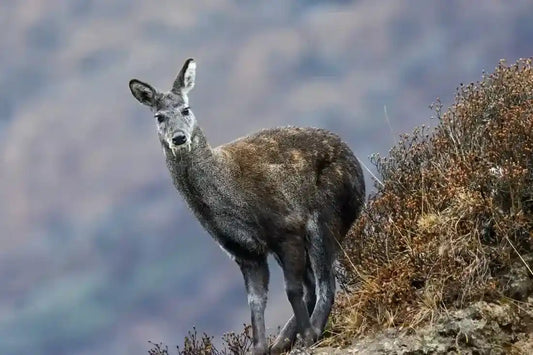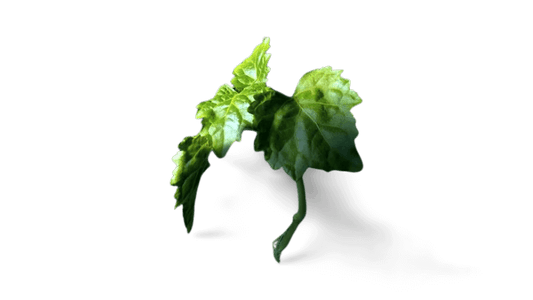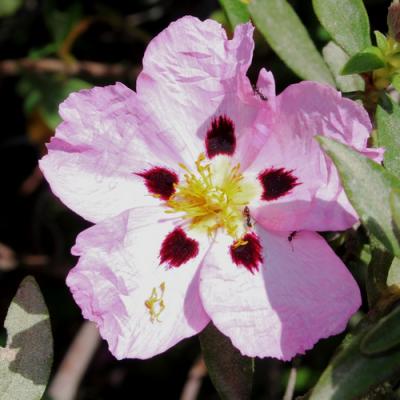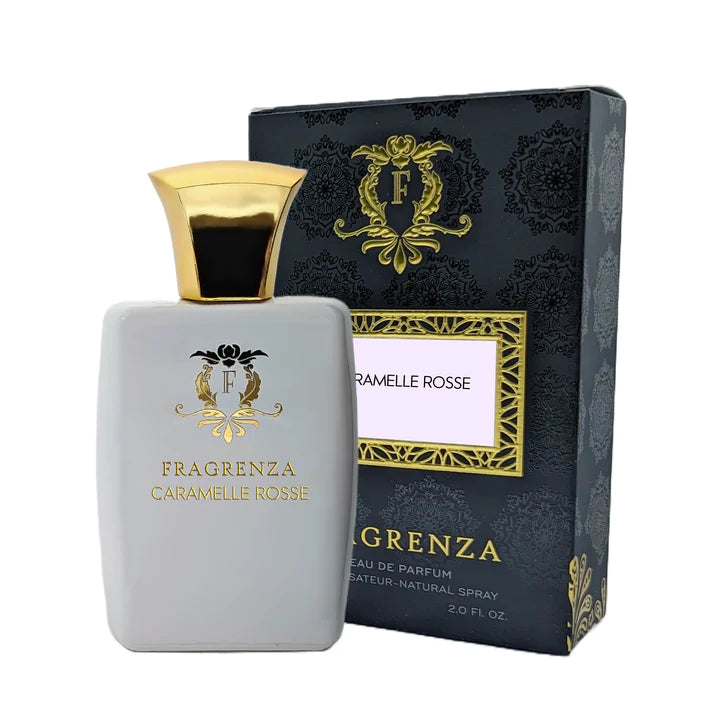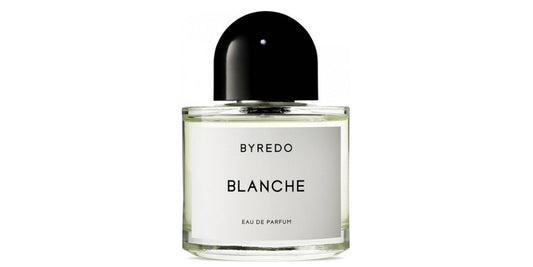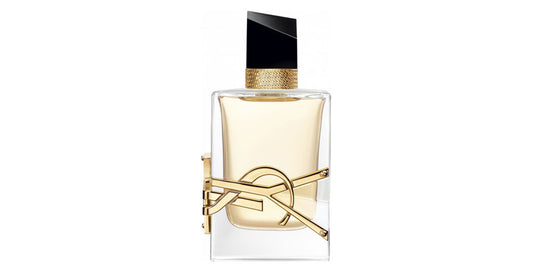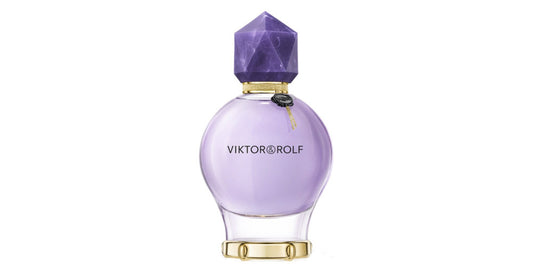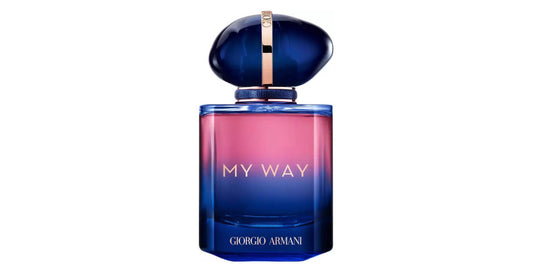Beeswax in perfumery

In This Article
Beeswax Absolute: A Historic and Versatile Note in Perfumery
With the resurgence of interest in natural products and materials in perfumery, some once-forgotten notes are making a triumphant return. Beeswax absolute is a prime example of this revival.
From its early beginnings, Guerlain has used the bee as an emblem to adorn its exquisite perfume bottles, starting with the Empress Water. The bee motif has since been a constant presence in the brand's designs and scents. As a result, beeswax, more than just another animal note, has been illuminating the world of perfumery for decades.
Unlike traditional animal notes associated with the unnecessary deaths of civets or musk cats for perfume production, beeswax is a more sustainable and ethical option. Extracted directly from beehives, this irresistible note is obtained by treating beeswax with solvents to create an absolute.
The Honey Note: The Warmth of Beeswax and Floral Scents
It's only natural that beeswax absolute comes in as many varieties as honey itself. The raw material produced by bees offers a vast olfactory palette for perfumers to explore. Furthermore, honeyed notes can be found in flowers such as honeysuckle, mimosa, and broom, as well as in synthetic molecules, providing seemingly endless possibilities for the honey note.
Guerlain, known for its strong connection to bees and beeswax, has incorporated beeswax notes into numerous fragrances. A prime example is L'Instant pour Femme, developed by Annick Goutal, which centers around the concept of citrus honey. Goutal also created a luxurious floral fragrance in 1985 that featured beeswax as a base note, paired with white musks and sandalwood.
While beeswax may seem more suited to floral perfumes, it also beautifully complements oriental scents, as demonstrated by Red Cyprus and Un bois vanille by Serge Lutens. Chypre fragrances can also benefit from the addition of beeswax, gaining a more virile edge when combined with castoreum notes. Though beeswax has become increasingly rare, its multifaceted nature will undoubtedly continue to captivate and inspire perfumers for years to come!
